7
Additively manufactured ceramics for compact quantum technologies
arxiv.orgQuantum technologies are advancing from fundamental research in specialized laboratories to practical applications in the field, driving the demand for robust, scalable, and reproducible system integration techniques. Ceramic components can be pivotal thanks to high stiffness, low thermal expansion, and excellent dimensional stability under thermal stress. We explore lithography-based additive manufacturing of technical ceramics especially for miniaturized physics packages and electro-optical systems. This approach enables functional systems with precisely manufactured, intricate structures and high mechanical stability while minimizing size and weight. It facilitates rapid prototyping, simplifies fabrication and leads to highly integrated, reliable devices. As an electrical insulator with low outgassing and high temperature stability, printed technical ceramics such as Al2O3 and AlN bridge a technology gap in quantum technology and offer advantages over other printable materials. We demonstrate this potential with CerAMRef, a micro-integrated rubidium D2 line optical frequency reference on a printed Al2O3 micro-optical bench and housing. The frequency instability of the reference is comparable to laboratory setups while the volume of the integrated spectroscopy setup is only 6 ml. We identify potential for future applications in compact atomic magnetometers, miniaturized optical atom traps, and vacuum system integration.
You must log in or # to comment.


